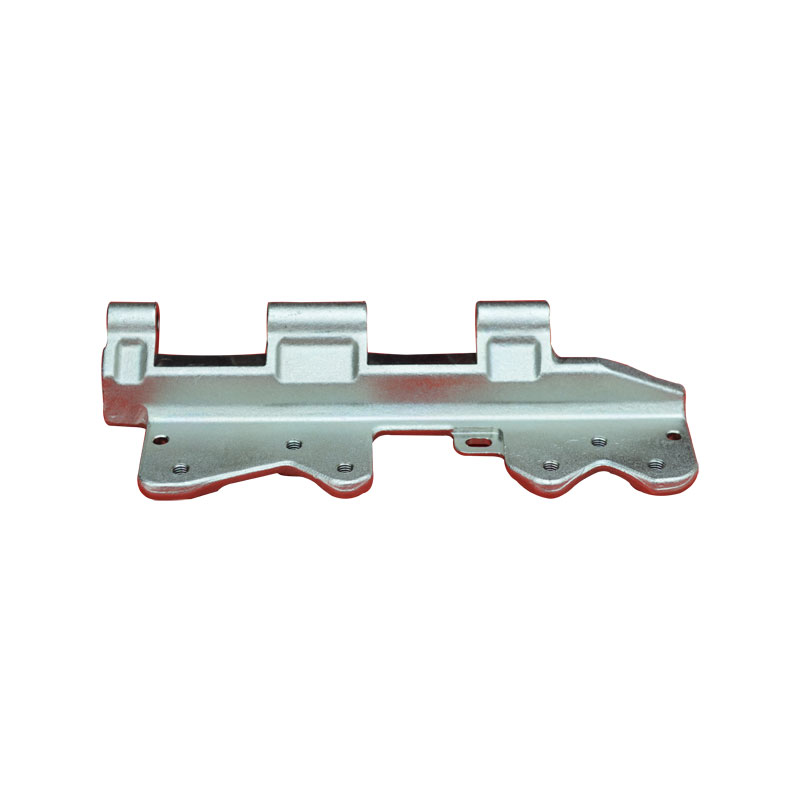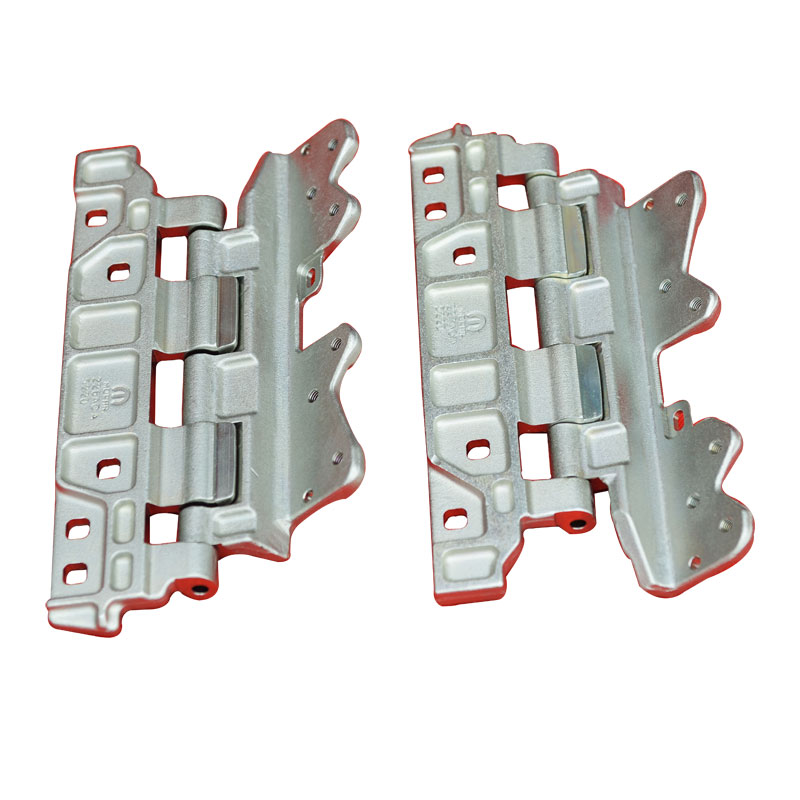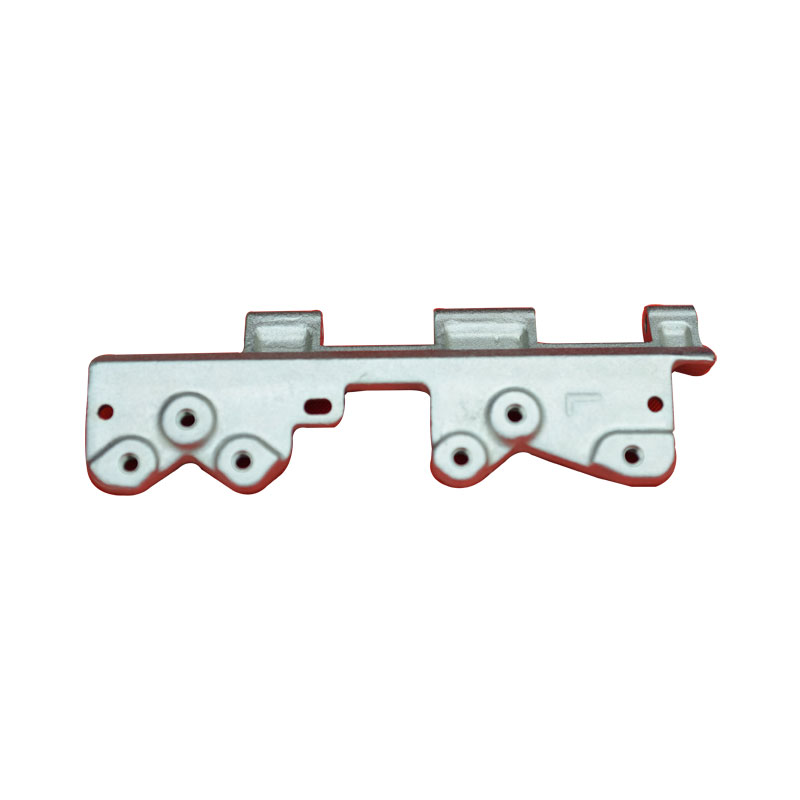How to calculate the machining allowance of forging?
2022-05-20
The amount of metal set aside for cutting in stainless steel forgings. The purpose of cutting stainless steel forgings is to make the dimensional precision and surface roughness of parts meet the requirements. In the forging process due to underpressure, forging die wear, up and down the wrong shift, stainless steel forgings oxidation and decarbonization, cooling shrinkage and other reasons, stainless steel forgings size is difficult to be accurate, shape may also occur warping distortion, surface roughness can not meet the requirements and other defects. Therefore, in the production of stainless steel forgings, a layer of metal should be left on the surface of the forging blank, to be cut off after mechanical processing, in order to ensure the processing quality of stainless steel forgings. For some important bearing parts requiring 100% sampling test or for inspection and machining positioning needs, there is also excess metal, this excess metal is called the allowance.
Based on the nominal size of stainless steel forgings, a certain allowable error range is given, which is called the tolerance of forgings. Single side allowance and tolerance are shown in figure. There are two ways to establish machining allowances and tolerances for stainless steel forgings. One is the method commonly used in forging factory in accordance with the tonnage of forging hammer selection, called tonnage method. Second, according to the shape and size of the forgings to check the data selection.



Based on the nominal size of stainless steel forgings, a certain allowable error range is given, which is called the tolerance of forgings. Single side allowance and tolerance are shown in figure. There are two ways to establish machining allowances and tolerances for stainless steel forgings. One is the method commonly used in forging factory in accordance with the tonnage of forging hammer selection, called tonnage method. Second, according to the shape and size of the forgings to check the data selection.



X
We use cookies to offer you a better browsing experience, analyze site traffic and personalize content. By using this site, you agree to our use of cookies.
Privacy Policy



